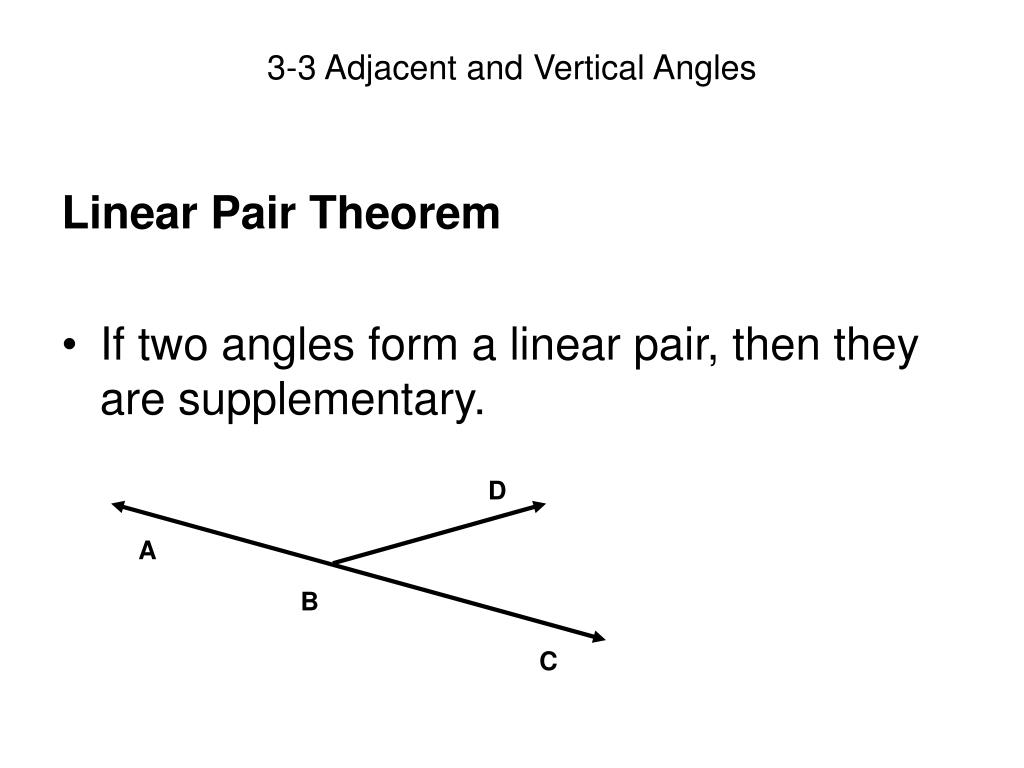

Our product offerings include millions of PowerPoint templates, diagrams, animated 3D characters and more. is brought to you by CrystalGraphics, the award-winning developer and market-leading publisher of rich-media enhancement products for presentations. Then you can share it with your target audience as well as ’s millions of monthly visitors. We’ll convert it to an HTML5 slideshow that includes all the media types you’ve already added: audio, video, music, pictures, animations and transition effects. You might even have a presentation you’d like to share with others.
SUPPLEMENTARY ANGLE THEOREMS FREE
And, best of all, it is completely free and easy to use. Whatever your area of interest, here you’ll be able to find and view presentations you’ll love and possibly download. It has millions of presentations already uploaded and available with 1,000s more being uploaded by its users every day. What are the 4 old angle-pairs we have talked about Complementary. A diagonal of a parallelogram divides it into two congruent. Frequently Asked Questions (FAQs) Q.1: What are the theorems on different parallelograms Ans: The theorems on different parallelograms are stated below. I know it's a little hard to remember sometimes. Lastly, we solved some examples by using the theorems to strengthen our grip over the theorems on parallelograms calculator. Transitive Property of Congruence: Angles. Apply angle-pair theorems from properties of parallel lines to find missing angle measures. And when you have two angles that add up to 180 degrees, we call them supplementary. x +y 180 x +17 180 Replace y with the value 17 x 163 Subtract 17 from. Complementary in mathematics means 'adding to 90° 90 ° ,' but it also is an adjective generally used to mean 'combining in a way that enhances something,' like two people with complementary skills-one cooks and one bakes, for. 3 Solve the problem and give reasons where applicable. The word 'vertical' usually means 'up and down,' but with vertical angles, it means 'related to a vertex,' or corner. 2 Clearly identity which of the unknown angles the question is asking you to find the value of. So remember that when you're trying to evaluate your problems that supplementary sum to 180 degrees or they're linear and complementary angles sum to 90 is a leading presentation sharing website. Angles supplementary to the same angle or to congruent angles are congruent. The two angles are supplementary and therefore equal 180: x+y 180 x + y 180. So notice that for a supplementary and for complementary you can't say that five angles are complementary but we're always talking about pairs or two's. Now, a supplementary pair could be angle 4 and angle 5 which are adjacent and they are linear. The complementary angle theorem states, If two angles are complementary to the same angle, then they are congruent to each other. So complementary angles could be angles 1 and 2. There cannot be more than two angles that add up to 180 degrees The angles must be connected. Examples of ways to make supplementary angles.

Any two angles that will have a sum of 180 degrees. Here we have five angles 1, 2, 3, 4 and 5 and we're told that this angle 3 is 90 degrees, now one thing that you can assume is that 1, 2 and 3 are all linear, so if you add up 1, 2 and 3 it would be 180 degrees, which means that 1 and 2 must also sum to 90 degrees so I could label this as a right-angle. Supplementary Angles Theorem By Dan 2 Supplementary Angles Theorem. Let's look at a specific example where you might be asked to identify supplementary angles and complementary angles. The same is true for complementary angles. Now, we can find the value of a by considering that it is a supplementary angle to the angle 50 °, so we have: 50° + a 180°. But I could also say if we had some angle here that we said three and let's say 3 was equal to 60 degrees and I had some other angle over here, let's say angle four was equal to 120 degrees, I could say that these two angles three and four are supplementary because they sum to 180 degrees. Determine the sizes of angles a, b, and c in the following diagram: Solution: We see that the angles 50 ° and b are a pair of vertical angles, so we have: b 50°.

So supplementary angles could be adjacent so if I had angles one and two those two would be supplementary. And I noted here that these do not have to be adjacent. Supplementary angles are two angles whose measures sum to a 180 degrees and complementary are the sum have to add up to 90 degrees. Two concepts that are related but not the same are supplementary angles and complementary angles.


 0 kommentar(er)
0 kommentar(er)
